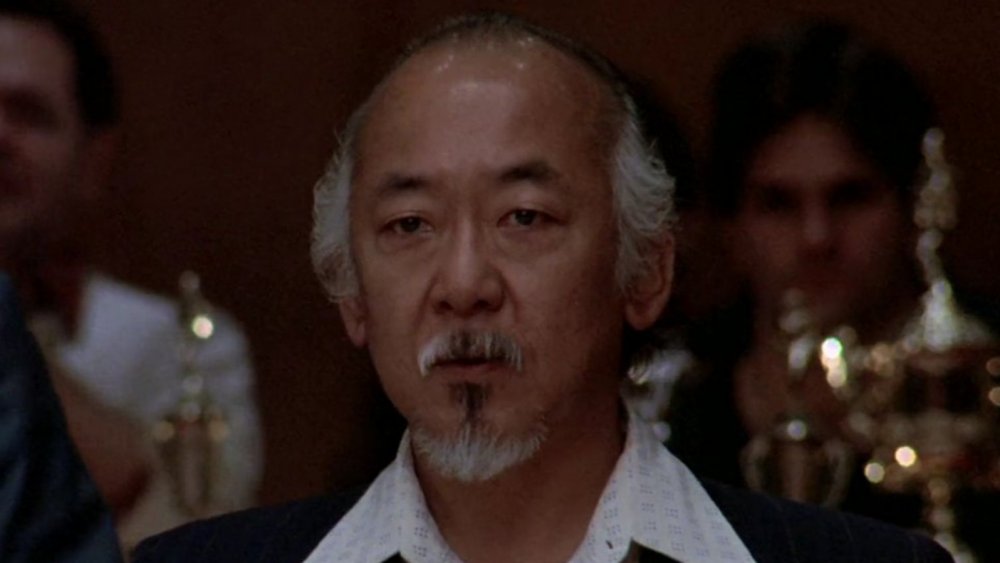

But it was the first time I’d been so far from home. It wasn’t the first time I’d seen a typhoon, they’re common in Okinawa at that time of year. I was a child of Okinawa, and every Okinawan knew that in the summer months, the Kuroshio current brought more than warm water from the tropics-it brought typhoons.

The wetness of the wind and the growing swells of the sea should have been my clues. At last, a benevolent wave hurled me safely ashore and I lay in the seething sand, exhausted. I was forced to swim with all my might to avoid being cast into the jagged rocks at the beach’s end. Warm, fat raindrops splashed on my arms and my shoulders, and I heard the growl of distant thunder. I could still make out the faint outline of the sun behind a sprawl of angry black clouds. I wondered, had I really been diving so long that night had fallen?īewildered, I spun around in the water, examining the sky. I must have practiced for several hours, unaware of the time, until I emerged from one particularly long dive and found myself in darkness. I dreamed of going deeper, all the way to the bottom of the sea like a real pearl diver, but my lungs were too small and I was forced to make do with mussels, clams, and starfish. When the sand of the sweeping bay gave way to stony ground, I following a haphazard trail through the rocks to the rugged cliffs of Cape Kyan, the southernmost point of Okinawa.Ī shallow reef hugs the Okinawan coastline and I swam out to dive among the coral, searching for oysters that might conceal a pearl. I was moving quickly, stopping only to examine any unusual shells or stones that caught my eye. I’d been wandering along the shoreline from my hometown of Itoman to the little village of Nashiro, where the long beach provided rich hunting grounds for sharks’ teeth and other treasures left by the sea. It was a day I’ll always remember, for many reasons, though it began like any other on our island. I met Chojun Miyagi by the sea, at the end of the long, hot summer of 1933.

It was time to pay tribute to the name of Chojun Miyagi. It took me several days to realize what my heart, and Miyagi’s ghost, was telling me: it was time to stop idling and put down on paper my memories of my master, my teacher, my sensei. Miyagi had other ideas and I could feel his disapproving gaze upon me as I sat watching the waves. It seemed my long-awaited days of lazing in the sunshine in tranquil retirement were not to be. His ghost visited me not only in my karate, but also in my dreams and even in my waking moments, sitting on my tiny balcony, staring out over the uneven rooftops to the sea. When I retired from my job at the harbor, I realized I was the same age as Miyagi was when he died, and ever since that realization, I began to feel his presence more persistently. Each day when I practice karate he is with me, beside me, his hard hands guiding my own, his soft deep voice in my ear, urging me to stand firm, to tense here, to relax here, to inhale deeply, to exhale slowly. Chojun Miyagi died a long time ago, but to me, he is still alive. However, no amount of training can protect against heart disease or temper the soul for the tragedies of the war that descended on Okinawa with such ferocity in 1945. People say karate training is good for the health and promotes longevity, and I believe this to be true. Miyagi died relatively young, in 1953, at the age of sixty-five. He traveled occasionally to China and the Japanese mainland, and once spent several months touring Hawaii and demonstrating his art, but he never made it as far as America where his karate is so popular now. He was born in 1888 in the island’s capital, Naha. Miyagi I knew was called Chojun Miyagi, and he lived and died in Okinawa.
#Mr miyagi age series#
It has even been immortalized in a series of Hollywood movies, but apart from featuring a karate master of the same name, the movies bear little resemblance to the man I knew or the times in which he lived. Today his name is written in karate histories as one of the truly great Okinawan masters. His life changed the lives of millions and changed mine in ways I could never have imagined when I first met him, all those years ago, as a boy of just nine years. I sit now to write my memoirs, not because I am a man of any great importance to the world, but rather because I knew such a man. He first learned martial arts from Ryuko Aragaki who then introduced him at age 14 to Kanryo Higashionna (Higaonna Kanryo.) He continued studying and teaching until his death from heart disease in Okinawa October 8, 1953.) Chojun Miyagi, born in Higashimachi, Naha, Okinawa, April 25, 1888. (The following is an excerpt from Chojun A Novel by Goran Powell.


 0 kommentar(er)
0 kommentar(er)
